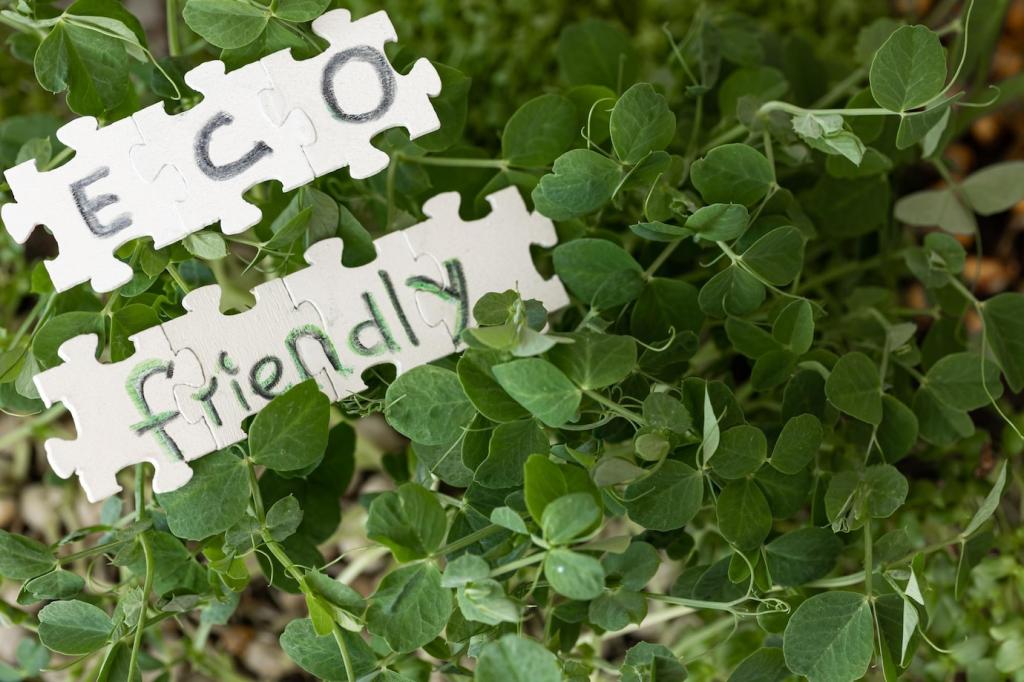Adaptation of Wildlife in Affected Forests
Chosen theme: Adaptation of Wildlife in Affected Forests. Step into a living mosaic of resilience where animals improvise, learn, and survive after disturbance. Explore practical insights, grounded stories, and hopeful science—and subscribe, comment, or share your sightings to help this community grow and guide meaningful action.
After the Flames: Early Succession Survivors
In charred stands, woodpeckers probe beetle-rich bark, turning burnt snags into bustling larders. Their drumming signals a rapid response to change, recycling insect surges into energy. Share your recordings or photos from blackened groves to help track these remarkable early colonists.


After the Flames: Early Succession Survivors
After disturbance, tender shoots and nutrient flushes attract deer and other herbivores to sunlit gaps. They browse carefully along edges, balancing risk with reward. What fresh regrowth have you observed drawing browsers, and how did their paths change across the recovering patchwork?
Sound, Scent, and Survival: Communication in Disturbed Canopies
In thinned canopies and widened gaps, birds adjust song timing and pitch to carry across altered spaces. Dawn choruses may sound brighter, longer, or unexpectedly sparse. Upload audio clips, and compare spectrograms with fellow readers to map these adaptive acoustic strategies.
Water as Refuge: Riparian Lifelines in Damaged Forests
Salamanders and frogs retreat under soaked logs, seep-fed moss, and shaded banks where humidity lingers. These microrefugia preserve skin moisture and prey. Report amphibian sightings and microhabitat notes to strengthen community maps of resilient, water-cooled forest pockets.
Water as Refuge: Riparian Lifelines in Damaged Forests
Where beavers persist, ponds spread risk across droughts and post-fire runoff, creating cool sanctuaries for fish, invertebrates, and waterfowl. If you’ve witnessed new dams or refreshed wetlands after disturbance, describe seasonal changes and species that quickly took advantage.


Diet Flexibility and Novel Food Webs
Omnivorous mammals and adaptable birds sample bursty resources—berries in suddenly bright clearings, insect booms in warm ash beds. Their flexibility stabilizes communities during transition. What surprising meals have you documented, and how did those choices shift week to week?


Roots and Relationships: Mutualisms Under Stress
Mycorrhizal fungi extend roots’ reach, delivering water and minerals to seedlings sprouting in ash-rich soils. Small mammals disperse spores while foraging. Document truffle digs, seedling clusters, or root mat textures that hint at underground alliances powering recovery.
Roots and Relationships: Mutualisms Under Stress
Disturbance can reset light and flowering schedules, and pollinators recalibrate routes accordingly. Watch for early blooms in sunlit gaps and shifting visitation patterns. Submit weekly observations to help chart phenology maps that track adaptation in real time.

Corridors, hedgerows, and safe passages
Hedgerows, riparian strips, and wildlife overpasses help animals traverse risky openings. Even fallen log lines can guide small mammals. Post photos of functional micro-corridors and nominate spots where a simple enhancement could transform survival odds.

Home range plasticity after disturbance
Some species shrink home ranges to high-quality patches; others expand to sample scattered resources. Adaptive movement balances energy budgets with safety. Join our discussion thread and compare patterns across regions to reveal repeatable rules of recovery.
Community Action: Monitoring, Stewardship, and Hope
Use your phone or a basic recorder to capture dawn choruses in recovering stands. Upload clips with location and date. Consistent listening reveals change, and your participation turns quiet mornings into community science with tangible conservation value.

